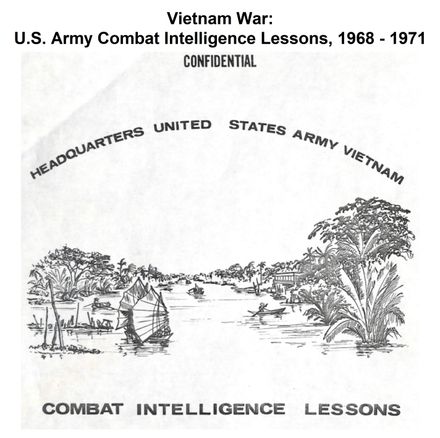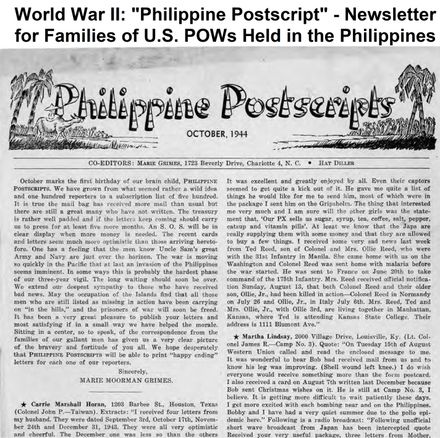Starting from:
$0
World War II: Pearl Harbor: Franklin D. Roosevelt Presidential Papers
Key FDR Presidential and FDR Administration papers related to the bombing of Pearl Harbor. The papers also cover the administration’s internal debate over the decision to intern Japanese Americans.
Highlights include:
A January 21, 1941 letter from Franklin Roosevelt to United States Ambassador to Japan Joseph C. Grew, explaining his belief that the war raging in Europe and the growing Japanese threat in the Pacific were all part of a “single world conflict.”
An April 4, 1941 memo from Department of the Treasury official Harry Dexter White to Treasury Secretary Henry Morgenthau reflects the tension between the Navy Department, which would have to defend the United States in a war and was concerned about Japan’s growing petroleum reserves, and the State Department, which hoped that free trade in oil would prevent a war by avoiding a direct confrontation with Japan.
A July 15, 1941 memo to FDR from Army Chief of Staff General George C. Marshall summarizes an intercepted Japanese diplomatic message concerning Japan’s imminent takeover of Indo-China (Vietnam) from the French Vichy regime. Japan’s movement into Indo-China would prompt FDR to impose economic sanctions on Japan and ultimately shut off all exports of oil to Japan.
A December 1, 1941 memo from FDR to Secretary of State Cordell Hull and Under Secretary of State Sumner. After learning about a massive Japanese troop buildup in Indo-China, President Roosevelt instructs his top diplomats to immediately learn the intentions behind the Japanese Government’s latest move. FDR discusses the obvious parallels between Japan’s actions in the Pacific and Germany’s actions in Europe.
A copy of an early December 7, 1941 message from the Department of the Navy sent to President Roosevelt informing him of the attack. In his own hand, President Roosevelt has indicated the date and time he received it.
A December 7, 1941 diary entry by cabinet member Claude Wickard, gives detail about the discussions that took place at the White House in a Cabinet meeting following the attack on Pearl Harbor. Wickard notes a confrontation between the President and Secretary of State Cordell Hull over the length of Roosevelt’s proposed address to Congress, which would become known as the Day of Infamy Speech, and the explosive meeting with Congressional leaders that followed.
"A date which will live in infamy" speech, includes both the reading copy of the speech and an early draft which includes copious handwritten notations and changes to one of the most famous American speeches of the twentieth century. The earlier draft shows that the line in the speech originally was, "A date which will live in world history," and later changed at the suggestion of on aid to "A date which will live in infamy."
A December 10, 1941 letter and accompanying maps sent to FDR by FBI director J. Edgar Hoover showing the locations of the 1,212 Japanese aliens considered to be disloyal or dangerous who were arrested by the Bureau within 48 hours of the attack on Pearl Harbor. Additional maps gave the locations of the 620 German and 98 Italian aliens taken into custody.
Highlights include:
A January 21, 1941 letter from Franklin Roosevelt to United States Ambassador to Japan Joseph C. Grew, explaining his belief that the war raging in Europe and the growing Japanese threat in the Pacific were all part of a “single world conflict.”
An April 4, 1941 memo from Department of the Treasury official Harry Dexter White to Treasury Secretary Henry Morgenthau reflects the tension between the Navy Department, which would have to defend the United States in a war and was concerned about Japan’s growing petroleum reserves, and the State Department, which hoped that free trade in oil would prevent a war by avoiding a direct confrontation with Japan.
A July 15, 1941 memo to FDR from Army Chief of Staff General George C. Marshall summarizes an intercepted Japanese diplomatic message concerning Japan’s imminent takeover of Indo-China (Vietnam) from the French Vichy regime. Japan’s movement into Indo-China would prompt FDR to impose economic sanctions on Japan and ultimately shut off all exports of oil to Japan.
A December 1, 1941 memo from FDR to Secretary of State Cordell Hull and Under Secretary of State Sumner. After learning about a massive Japanese troop buildup in Indo-China, President Roosevelt instructs his top diplomats to immediately learn the intentions behind the Japanese Government’s latest move. FDR discusses the obvious parallels between Japan’s actions in the Pacific and Germany’s actions in Europe.
A copy of an early December 7, 1941 message from the Department of the Navy sent to President Roosevelt informing him of the attack. In his own hand, President Roosevelt has indicated the date and time he received it.
A December 7, 1941 diary entry by cabinet member Claude Wickard, gives detail about the discussions that took place at the White House in a Cabinet meeting following the attack on Pearl Harbor. Wickard notes a confrontation between the President and Secretary of State Cordell Hull over the length of Roosevelt’s proposed address to Congress, which would become known as the Day of Infamy Speech, and the explosive meeting with Congressional leaders that followed.
"A date which will live in infamy" speech, includes both the reading copy of the speech and an early draft which includes copious handwritten notations and changes to one of the most famous American speeches of the twentieth century. The earlier draft shows that the line in the speech originally was, "A date which will live in world history," and later changed at the suggestion of on aid to "A date which will live in infamy."
A December 10, 1941 letter and accompanying maps sent to FDR by FBI director J. Edgar Hoover showing the locations of the 1,212 Japanese aliens considered to be disloyal or dangerous who were arrested by the Bureau within 48 hours of the attack on Pearl Harbor. Additional maps gave the locations of the 620 German and 98 Italian aliens taken into custody.
1 file (21.3MB)



